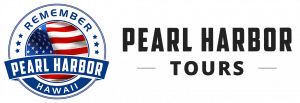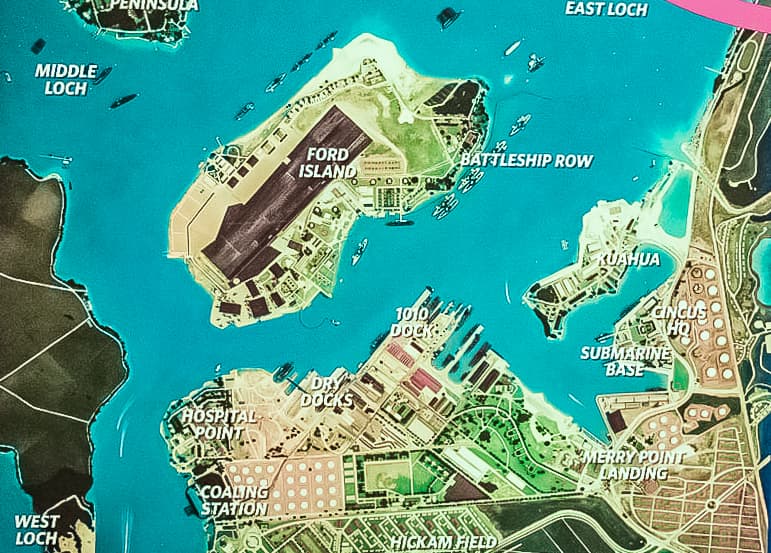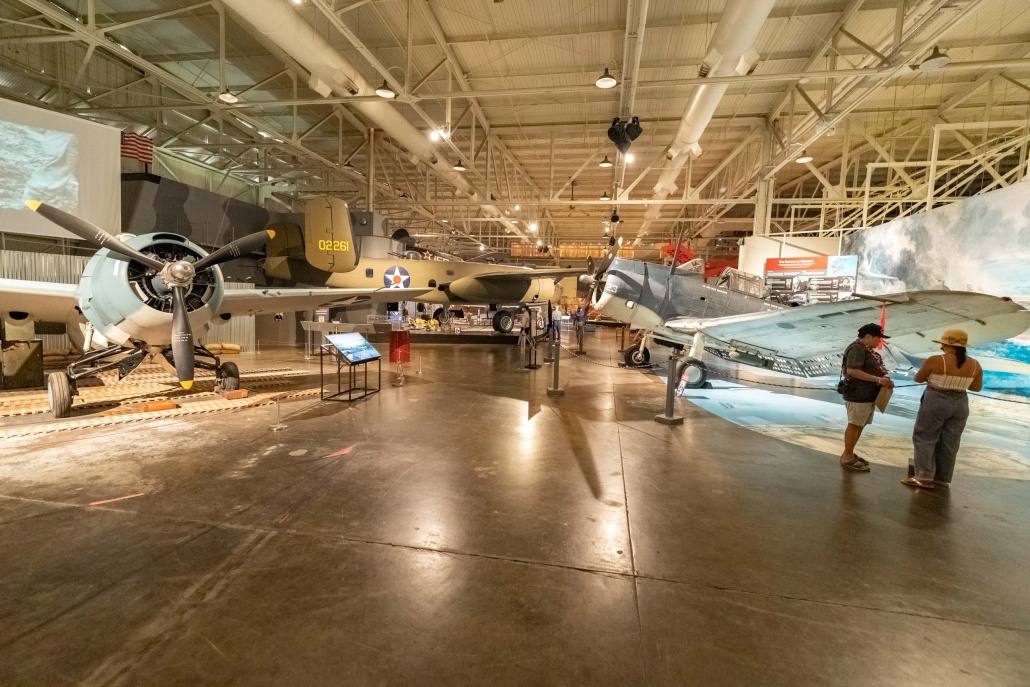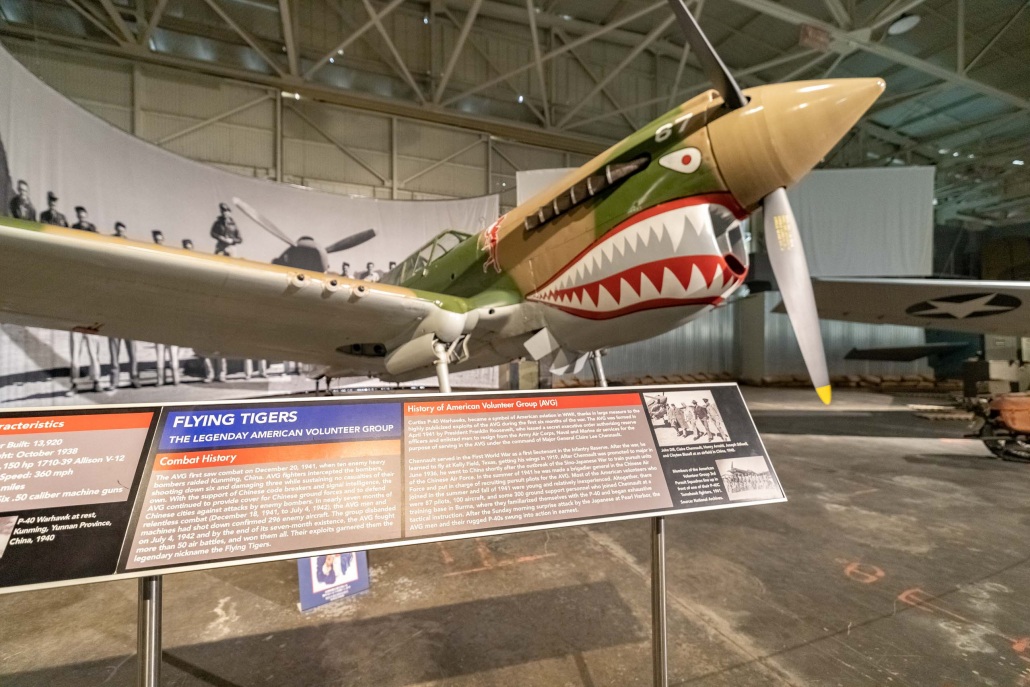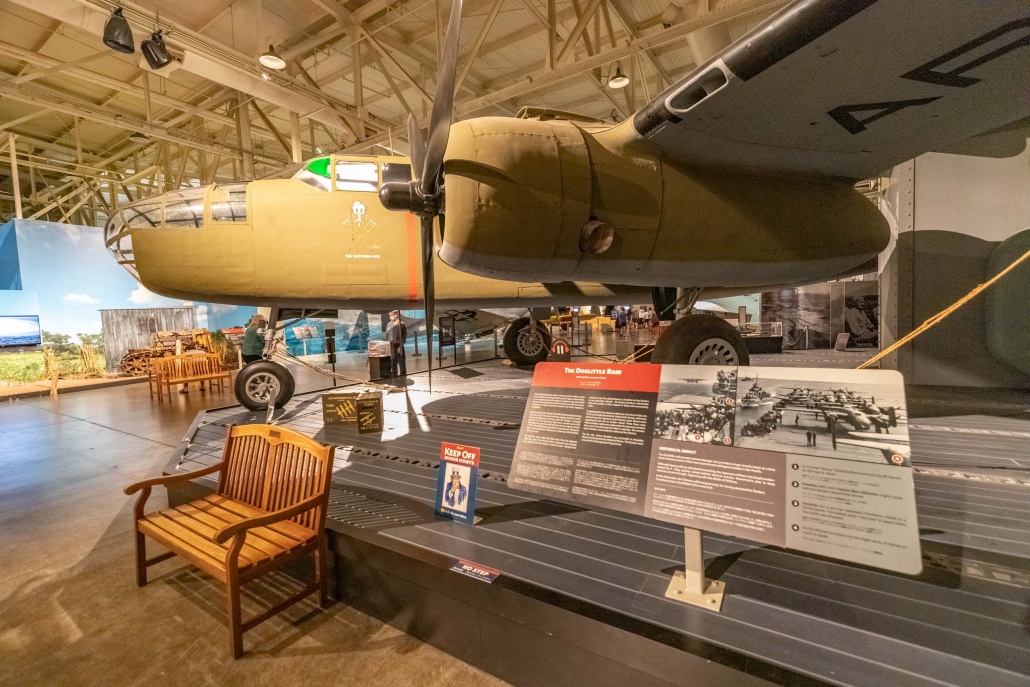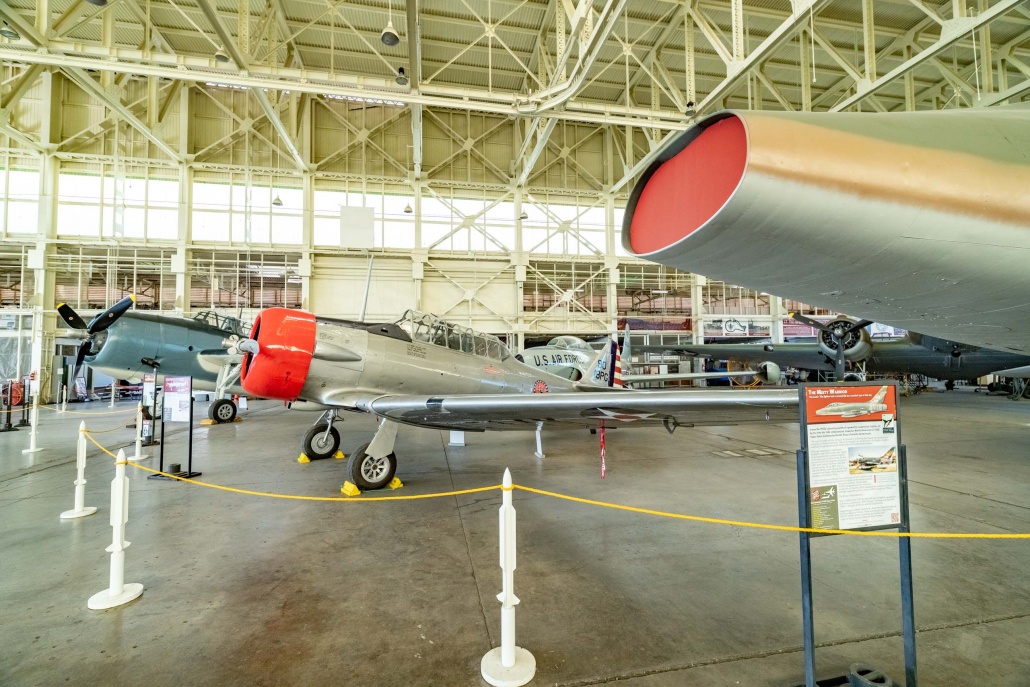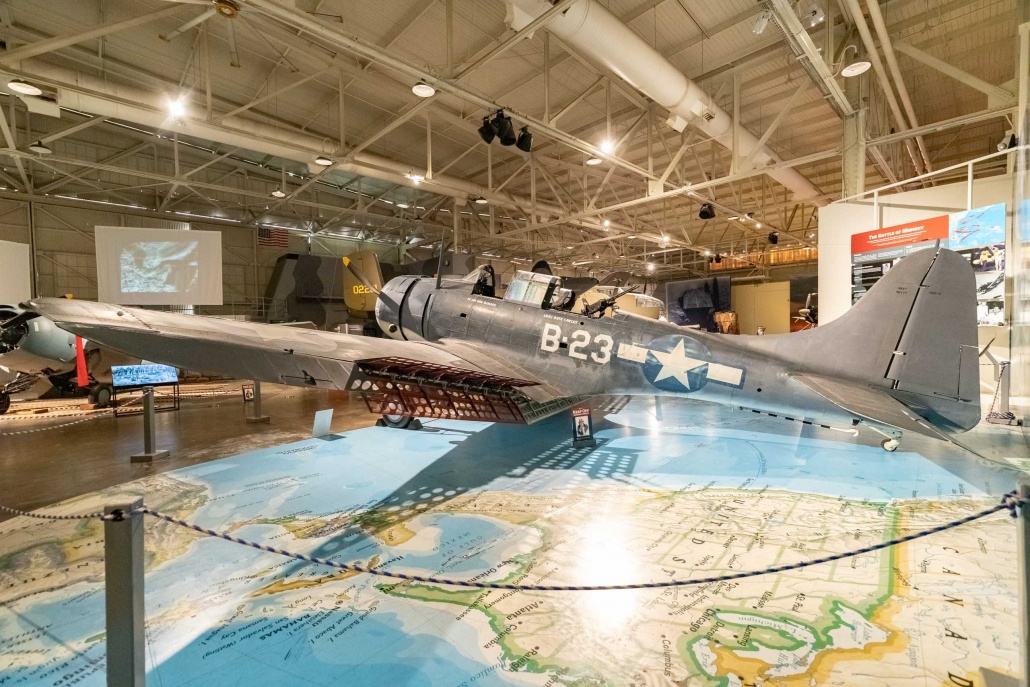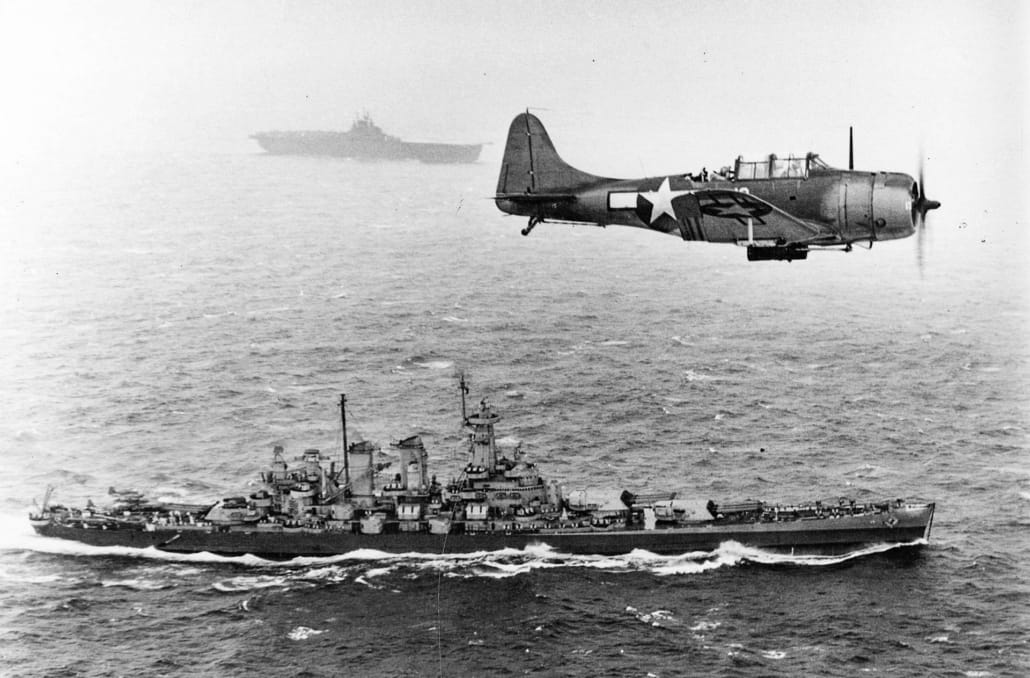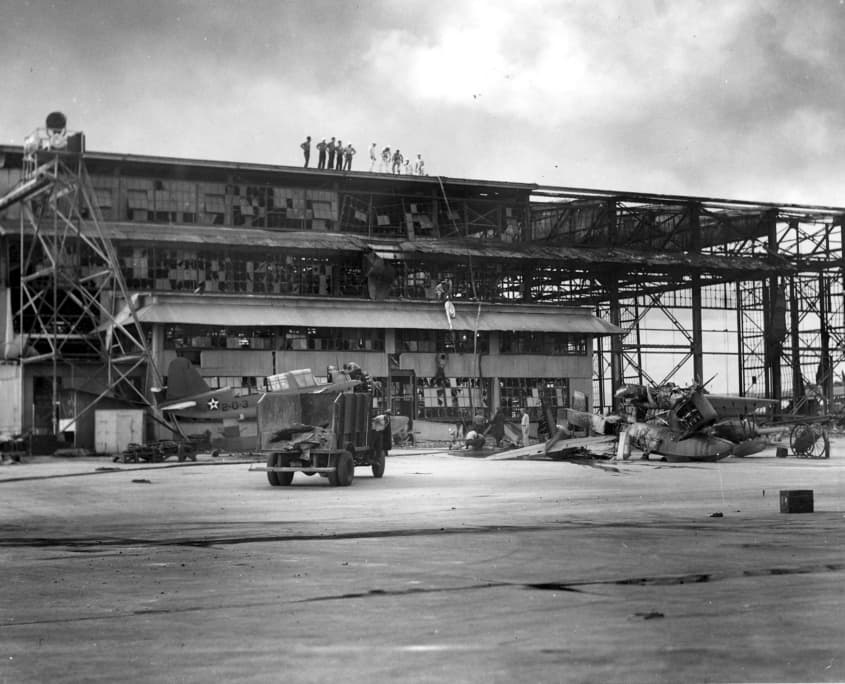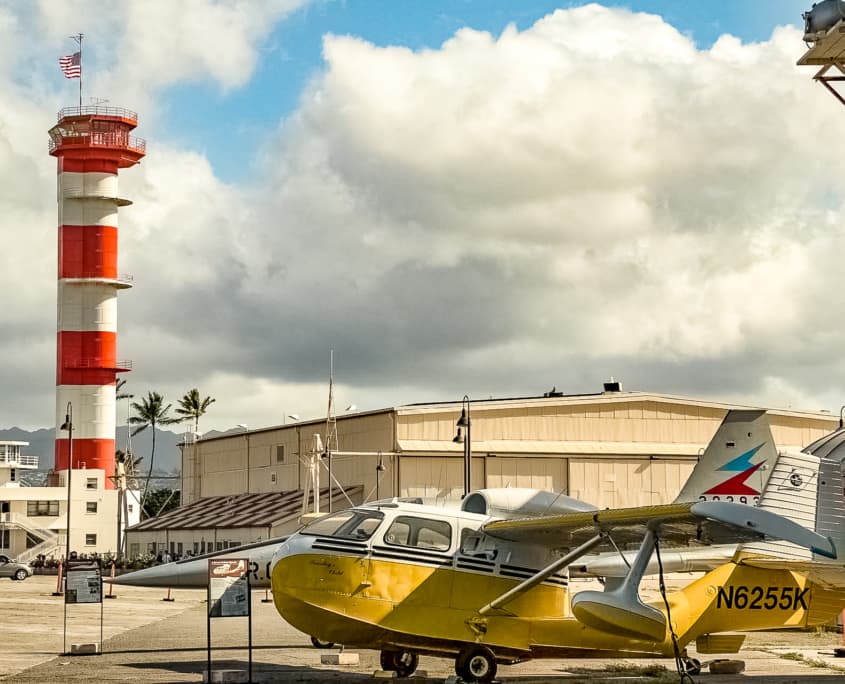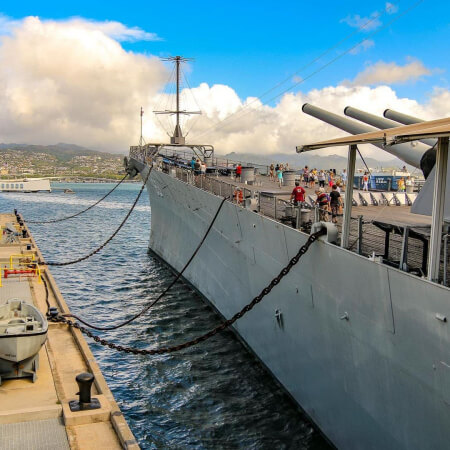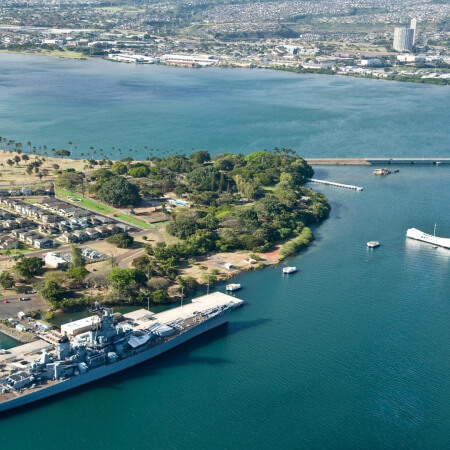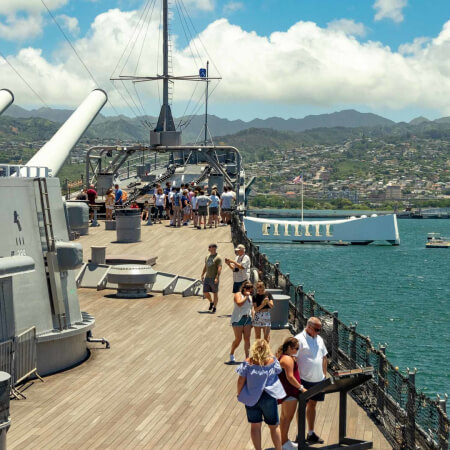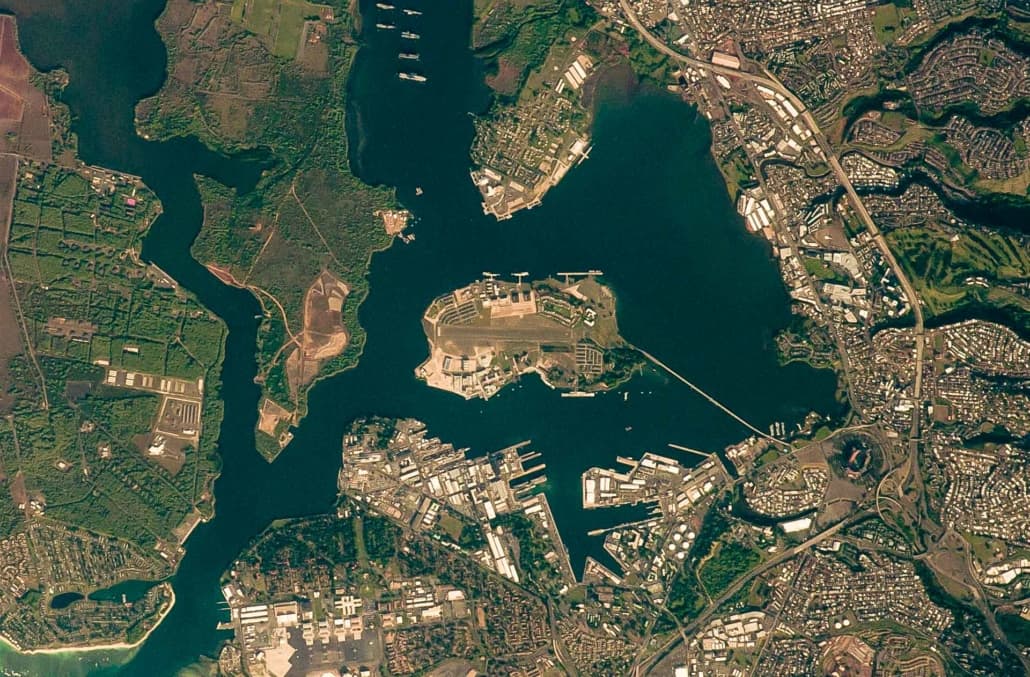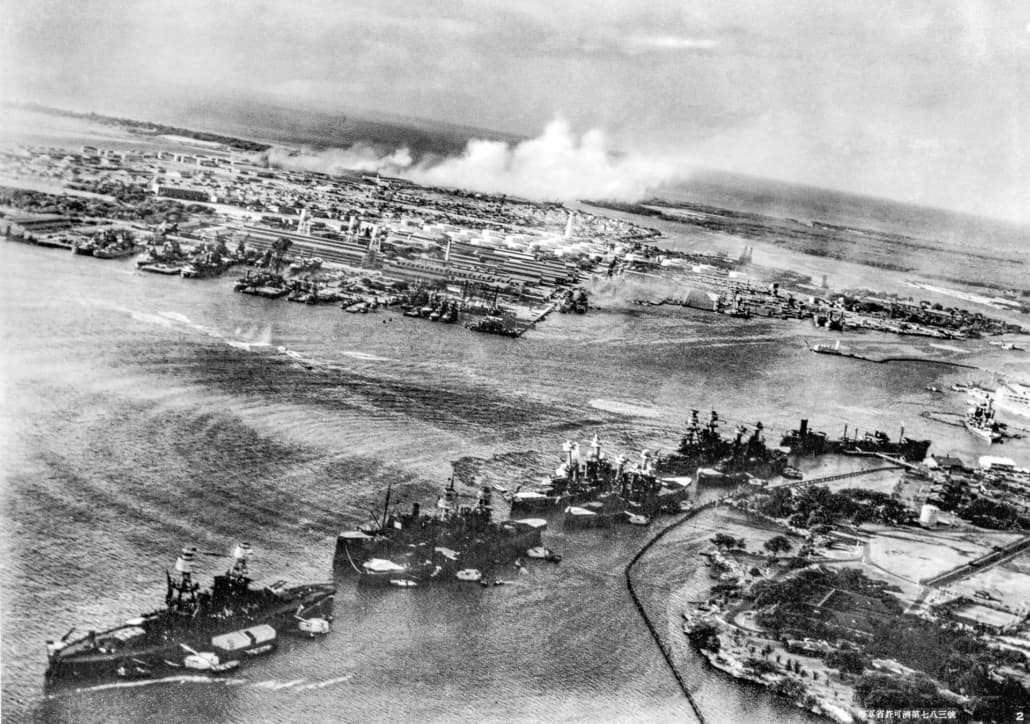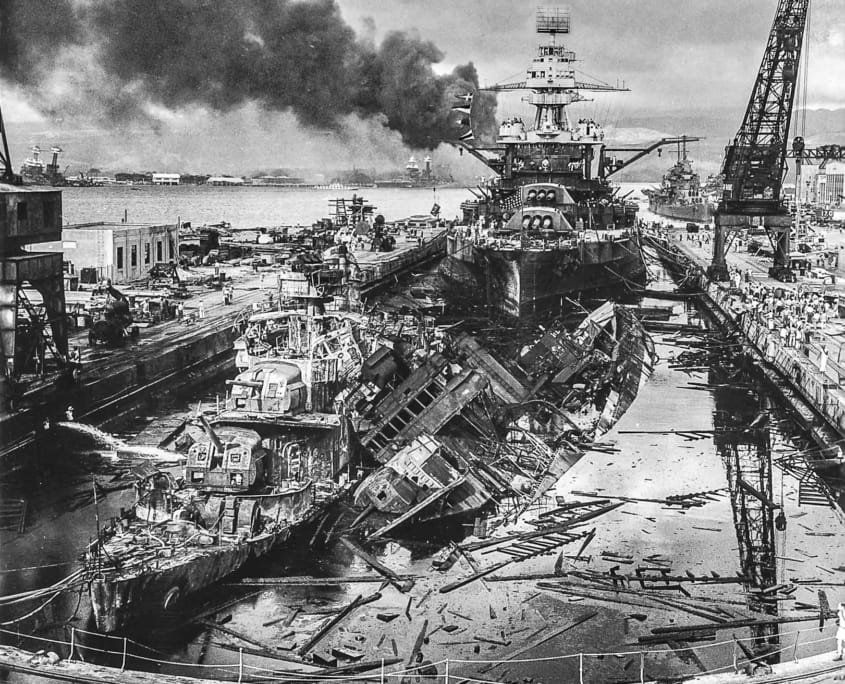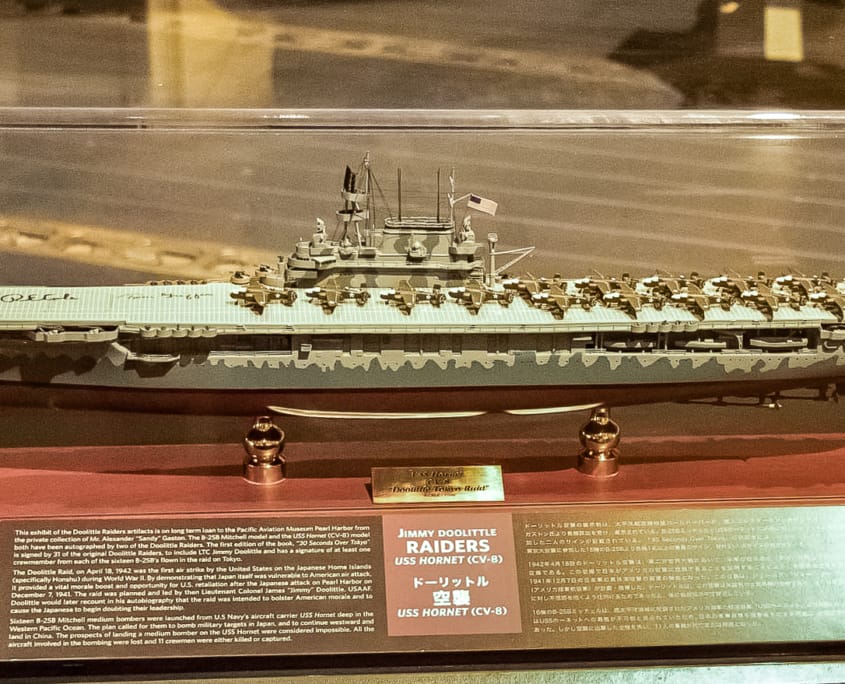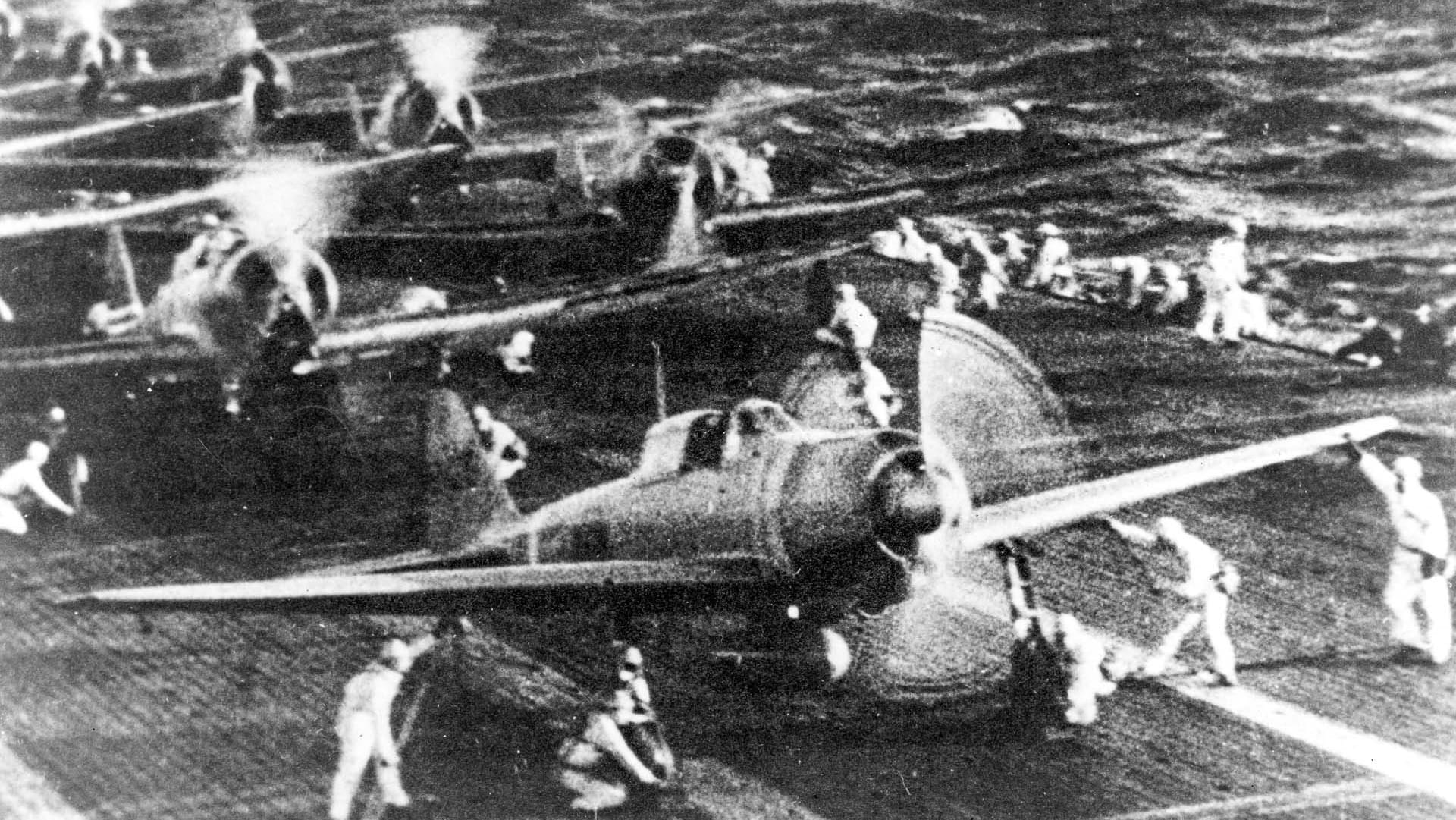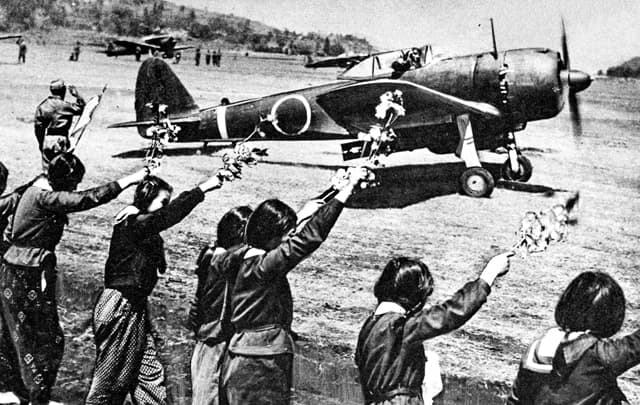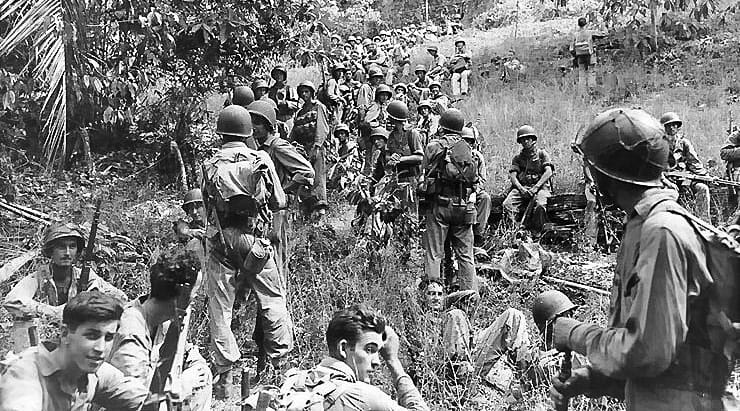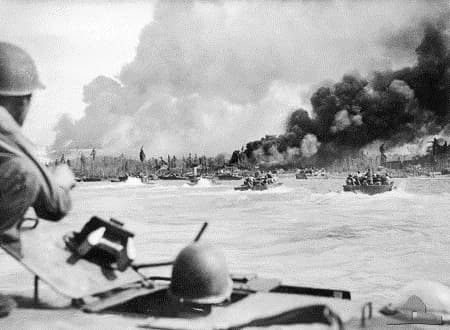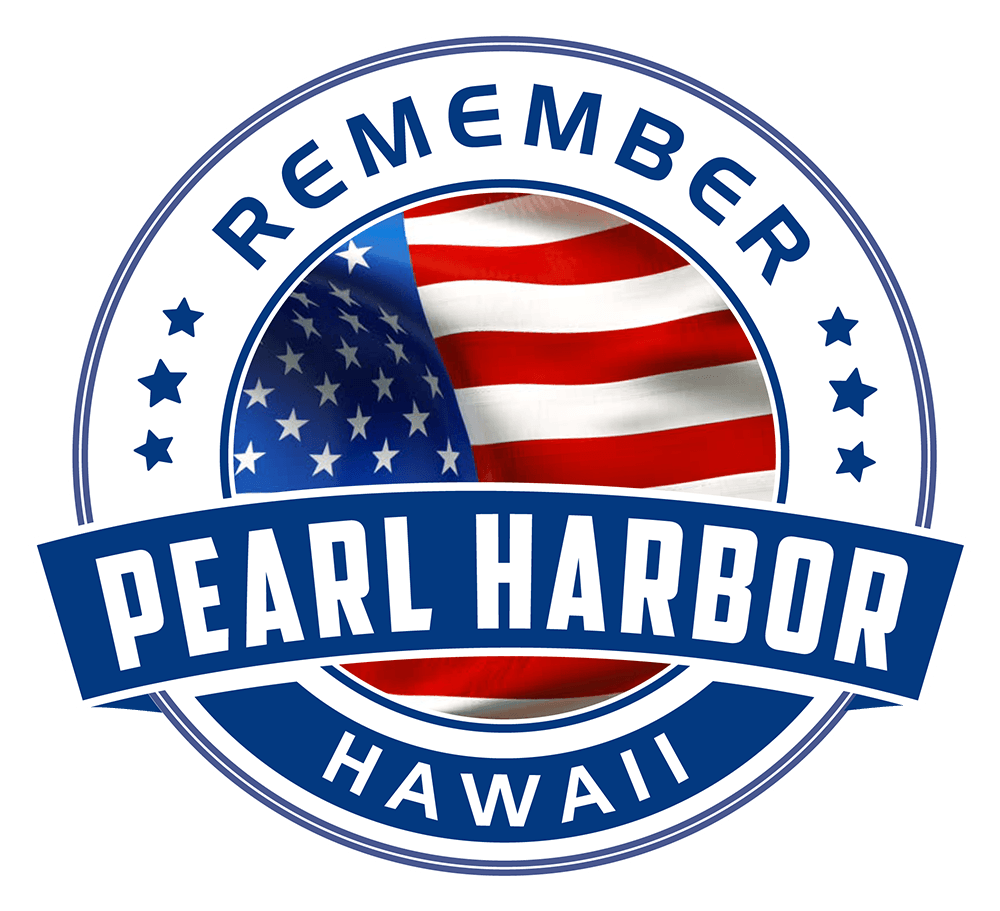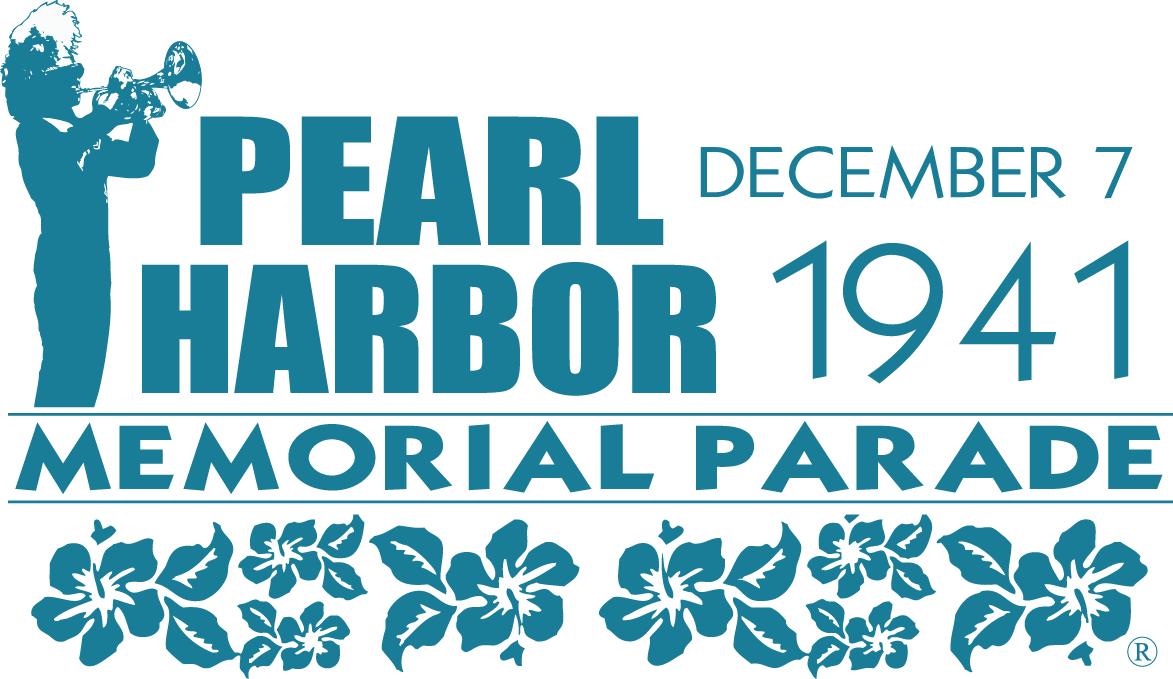Historic Hangars, Helicopters, Planes & A Tower
The small islet in the middle of Pearl Harbor is today called Ford Island and is one of the most historically significant sites in America. The Japanese attack on December 7th, 1941 was centered on Ford Island, home to Battleship Row, as well as many axillary docks and support ships for the U.S. Pacific Fleet.
Ford island also had an airstrip with aircraft hangars, including the ones that the Pearl Harbor Aviation Museum uses today which still shows signs of the attack that triggered the U.S. entry into World War II.
Pearl Harbor Aviation Museum
The Pearl Harbor Aviation Museum was founded in 1999 and resides in several historic hangars on Ford Island. The museum opened on December 7th, 2006, and hosts a variety of aviation exhibits including important planes and relics of the War in the Pacific. During the 2020 pandemic shutdown the museum made many upgrades to the exhibits and amenities. Visitors to the museum gain access via a designated public shuttle bus from the Pearl Harbor Visitor Center or in an approved tour vehicle.
Pearl Harbor Aviation Museum Exhibits
The Pearl Harbor Aviation Museum has been listed as the eighth top aviation attraction in the United States by TripAdvisor. The museum has won numerous awards for its preservation, rehabilitation, and restoration of historic buildings and objects.
The museum grounds and hangars encompass 70 years of aviation history. Hangars 37 and 79 include over 50 aircraft and exhibits including many of WW2’s most famous fighters, bombers, and transport aircraft used in the Pacific Theater of war. The museum also houses MiG Alley (fighter jets of the cold war) a Museum Store, the Laniakea cafe, flight simulators, and beautifully painted murals of key battles in the Pacific. Historical videos can be viewed at several exhibits including the award-winning Pearl Harbor documentary East Wind, Rain. The museum has also received awards for its efforts in restoring historical buildings on Ford Island including the nearby runway control tower.
Hangar 37
Hangar 37 is a former seaplane hangar that was heavily damaged during the attack in 1941 and was the first hangar developed for the museum. The building encompasses over 7 acres and houses nine aircraft exhibits, a movie theater, a gift shop, a restaurant, and more.
The exhibits in hangar 37 revolve around the WW2 aircraft used during the war in the Pacific and feature the carrier-based Douglas Dauntless dive bomber, the P-40 Warhawk fighter, and the carrier-based Grumman F4F Wildcat fighter. A Japanese Zero that crash-landed after the Pearl Harbor attack on the island of Ni’ihau, east of Kauai, is displayed exactly as it was after the crash.
A 40-foot wide diorama of the Battle of Midway graces an entire wall along with large maps and photographs of WW2 battles and aircraft. Other exhibits include the Boeing Stearman training aircraft used by former President George H.W. Bush for training and the infamous B-24 bomber used throughout the war in both the Pacific and European theaters of war.
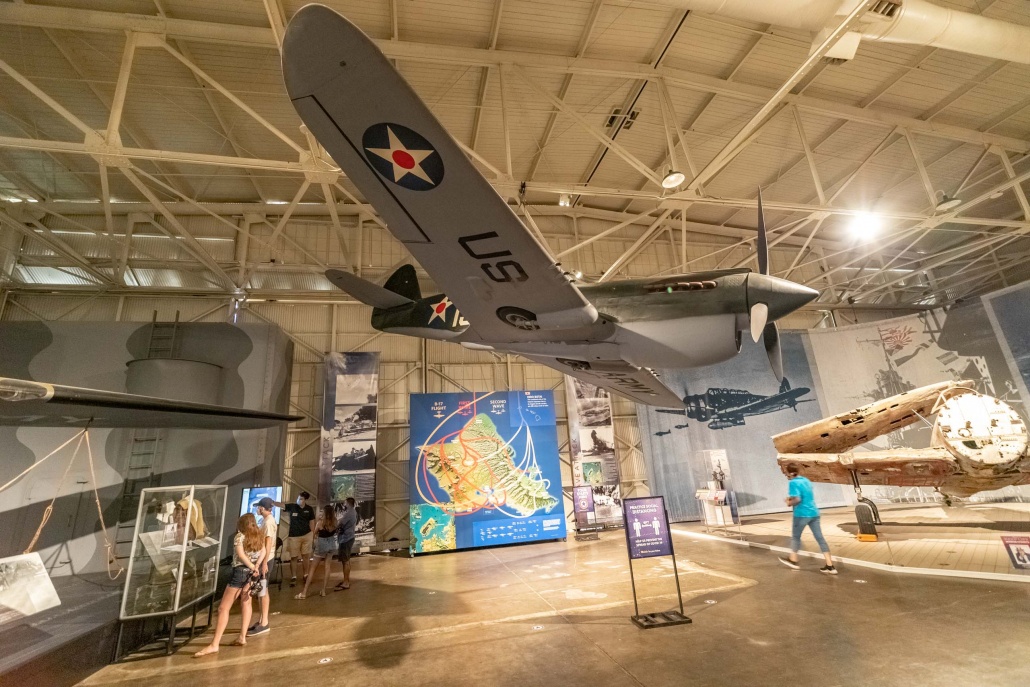
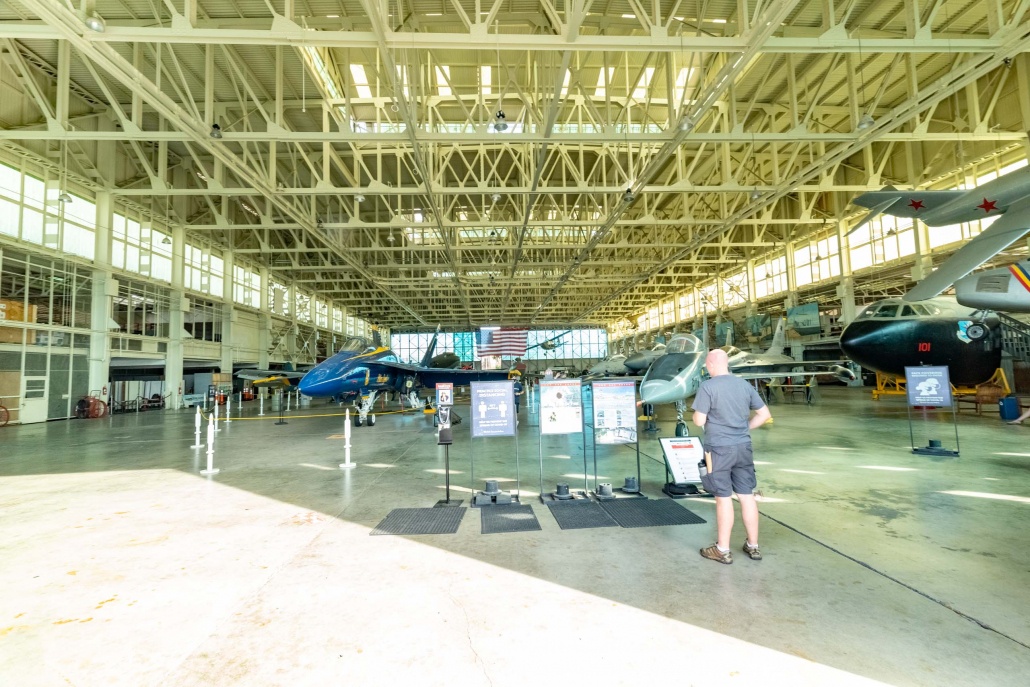
Hangar 79
Hangar 79 is over 87,000 square feet and the building’s glass windows are still riddled with bullet holes from the day of the Japanese attack. It contains exhibits that include the Flying Tigers, MiG Alley with its numerous jets, multiple military attack and transport helicopters, and larger transport aircraft including the partial fuselage and nose of a B-29 Superfortress. A recovered B-17 Heavy Bomber that crash-landed in a marsh near Rabaul in 1942 is also here. It was not successfully recovered until 2006, after 64 years in the marsh, earning the nickname “Swamp Ghost”. It arrived at the museum in 2011 where it was cleaned and reassembled and has become a centerpiece exhibit at Hangar 79.
Just outside hanger 79 stands a lineup of helicopters and seaplanes overshadowed by the bright orange flight tower that has been restored to its former World War II glory.
Aircraft Collection
Pearl Harbor Aviation Museum
Grumman F-14D Tomcat
Lockheed F-104A Starfighter
Lockheed T-33 Shooting Star
McDonnell Douglas F-15C Eagle
McDonnell Douglas F-4C Phantom II
Mikoyan-Gurevich MiG-15
Mikoyan-Gurevich MiG-21
Mitsubishi A6M2 Model 21 Type 0
North American B-25B Mitchell
North American F-86F Sabre
North American F-86L Sabre
North American T-6 Texan
Northrop F-5A Freedom Fighter
Aeronca Model 65TC
Boeing B-17 Flying Fortress (Swamp Ghost)
Boeing F/A-18C Hornet (Blue Angel #4)
Boeing B-52 Stratofortress (nose section)
Boeing N2S-3 Stearman
Convair F102A Delta Dagger
Curtiss P-40E Warhawk
Douglas A3D/NTA-3B Skywarrior
Douglas SBD Dauntless
General Dynamics F-111C
Grumman F4F-3 Wildcat
Helicopters
Bell AH-1 Cobra
Bell UH-1 Iroquois
Sikorsky SH-3 Sea King
Sikorsky HH-34J Choctaw
Sikorsky CH-53D Sea Stallion
Sikorsky SH-60B Seahawk
Raytheon Pavilion
Since 2016, this interesting pavilion set up between the two historic hangers contains a plethora of interactive flight challenges. Most visitors will pass this inconspicuous exhibit but take a peek inside and itʻs filled with kids learning all about aerodynamics, flight design, piloting challenges, and more.
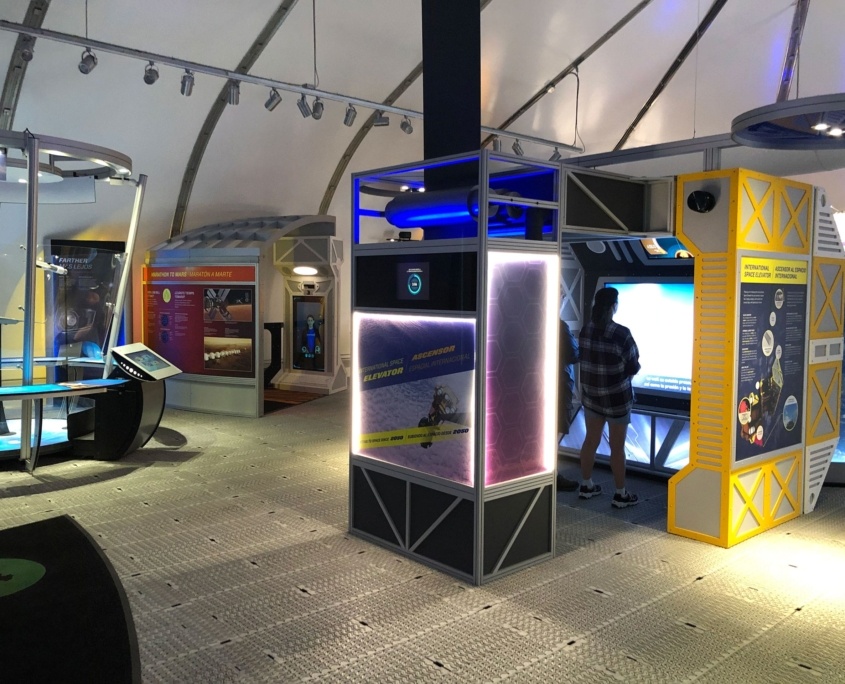
The museum grounds and hangars encompass 70 years of aviation history. Hangars 37 and 79 include over 50 aircraft and exhibits including many of WW2’s most famous fighters, bombers, and transport aircraft used in the Pacific Theater of war. The museum also houses MiG Alley (fighter jets of the cold war) a Museum Store, the Laniakea cafe and beautifully painted murals of key battles in the Pacific. Historical videos can be viewed at several exhibits including the award-winning Pearl Harbor documentary East Wind, Rain. The museum has also received awards for its efforts in restoring historical buildings including the nearby runway control tower.
Today the island is still an active Naval Base with restricted civilian access. However, visitors can access the island by tour bus or shuttle.
Tours, Tickets & Discounts
The newly updated museum is open 5 days a week from 9 am to 4 pm. Admission starts at $25 for adults and $12 for children ages 4 to 12. Children 3 and under are free. Choosing the Complete Pearl Harbor Experience is a great way to see everything over an entire day with a guide. If you are planning to go on your own, Passport to Pearl Harbor will give you the best deal if you plan to visit the other museums as well. A general admission ticket gives you access to hangars 37 and 79 and includes a self-guided audio tour headset (in multiple languages). There are also military and resident (kamaaina) discounts available.
The new (2021) and improved flight simulators are an additional $10 which is quite a thrilling acrobatic flight!
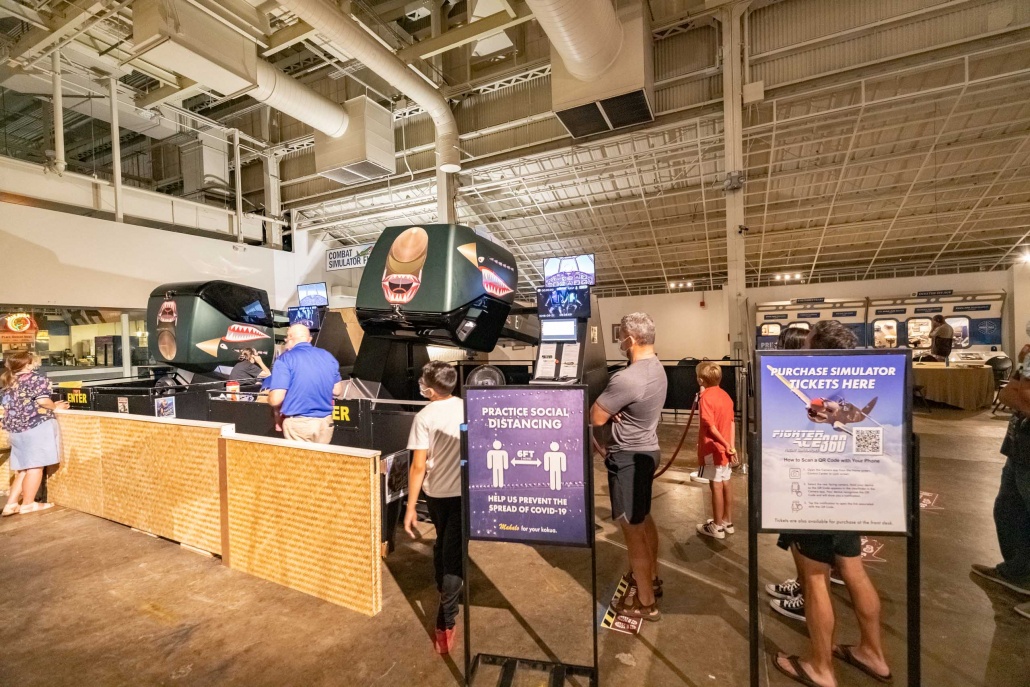
The Rebirth of Pearl Harbor
Senator Daniel Inoye
Much of the credit of creating an aviation museum at Ford Island goes to Hawaii’s Senator Daniel Inouye. Senator Inouye had been an elected representative of the state of Hawaii working in Washington D.C. for 58 years (before Hawaii was a state) He died in 2012 at the age of 88. He was a staunch supporter of honoring the servicemen who fought in World War II and he had good reason to be. He was one of them! Inouye was an aid station volunteer during the Pearl Harbor attack and went on to fight in Italy in the infamous 442 Regiment were he lost his right arm. He received the Medal of Honor for his heroic battlefield actions.
During his time as a senator he brought in funding for the Arizona Memorial in the 1960’s and was instrumental in championing the rebuilding and rebirth of Ford Island in 1999. The first section of the museum, hangar 37, opened in 2006 and features a variety of aircraft exhibits with many relating directly to the attack on Pearl Harbor. Hangar 79 features jet aircraft and the building shows bullet hole damage from the 1941 attack.
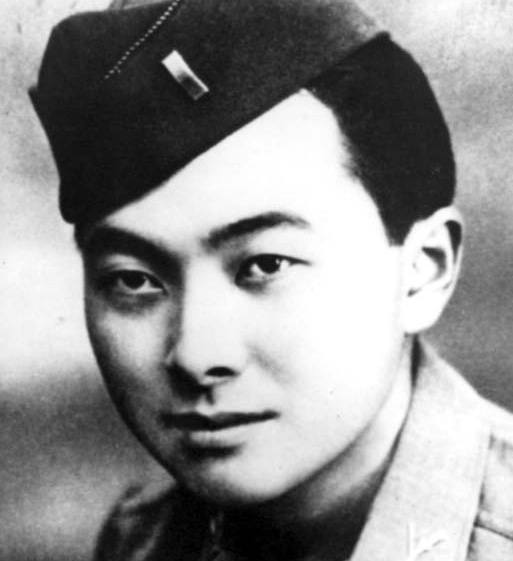
Ford Island
Pearl Harbor
The island is about 1.4 miles long and just under 1 mile wide with a surface area of roughly 400 acres and is separated by a 1/2 mile wide lagoon around it that makes up the harbor. Itʻs flat central area was a primary airfield for the army at the time. It is most famously known as the central target for the Japanese attack in 1941 because of the mooring quays for battleships on the East side. Today houses several important WW2 memorials and museums including the Battleship Missouri, the USS Utah Memorial, the USS Oklahoma Memorial, and the Pearl Harbor Aviation Museum.
The Pearl Harbor Attack
The majority of the U.S. Pacific battleship fleet was left in ruins as the ships in the harbor were primary targets for over 350 Japanese planes that attacked in two waves that day. All eight of the fleet’s battleships were damaged or sunk along with four destroyers, three cruisers, an anti-aircraft training ship (the battleship USS Utah), one minelayer, and several auxiliary ships for a total of 20 vessels damaged or destroyed. Many of the major ships were relaunched due to the shallowness of the harbor making recovery easier. Unfortunately, 2,403 Americans were killed and 1,178 wounded.
Along with the battleships, the Japanese also attacked Naval Air Stations throughout Oahu. Aircraft and hangars at Ford Island, Wheeler Field, Hickam Field, Barbers Point, and Kaneohe Naval Air Station were strafed and bombed. Of the over 400 U.S. aircraft in Hawai’i 188 were destroyed and 159 damaged. Eight Army pilots managed to get airborne and six were credited with downing at least one Japanese aircraft each during the attack.
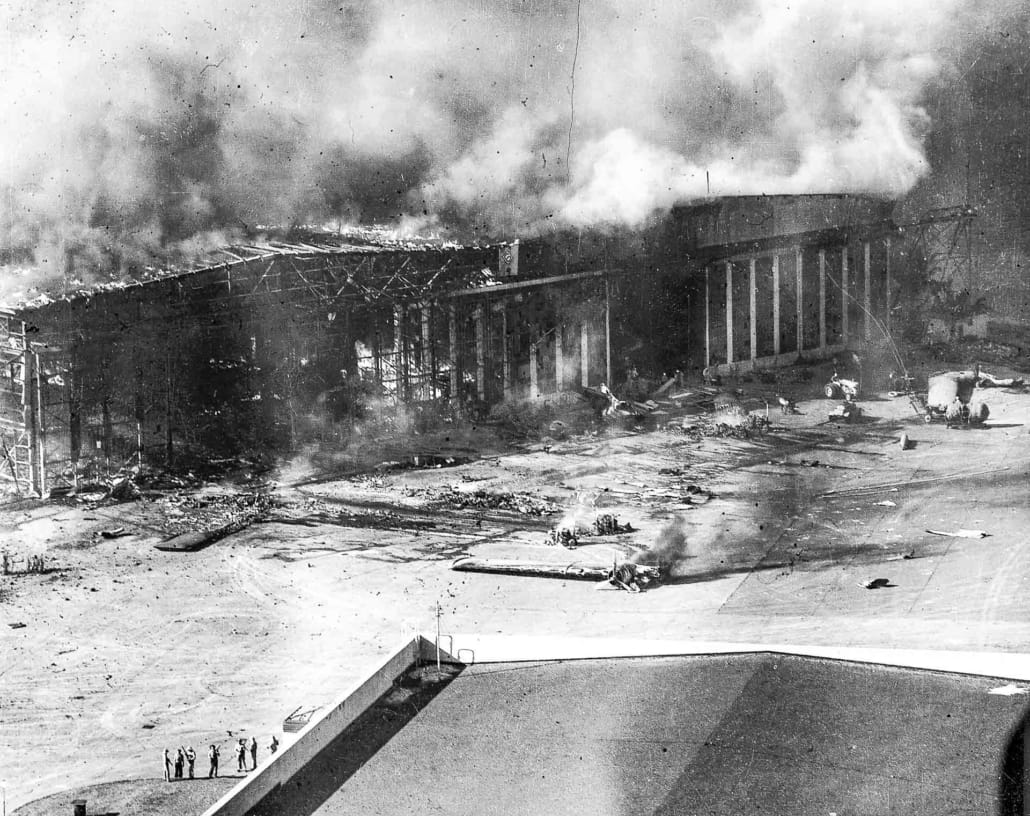
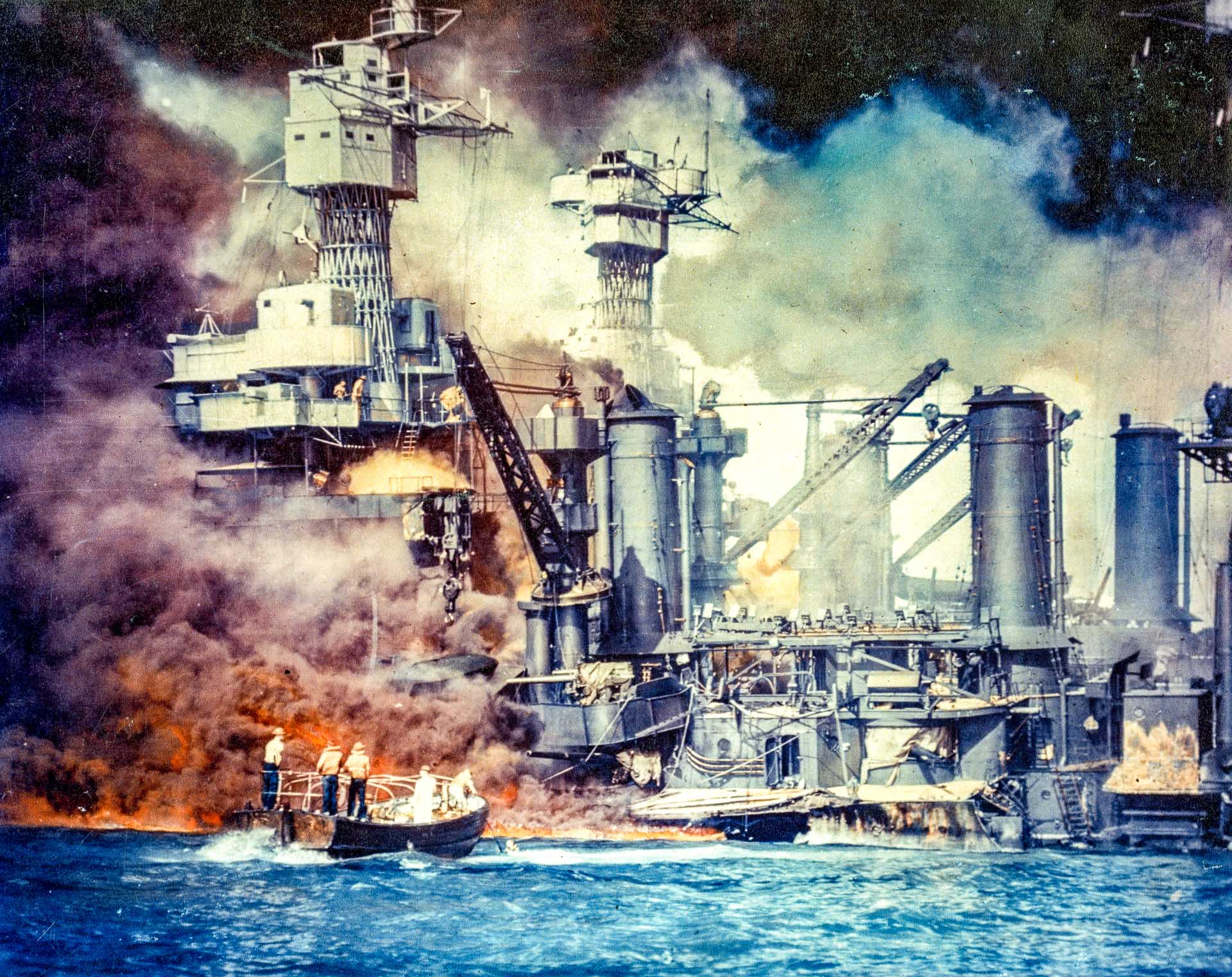
Aftermath of the Attack
Nearly all the airfields on Oahu were attacked by the Japanese including the hangars and airfield on Ford Island. Hangar 37, the seaplane hangar, was bombed and strafed and a bomb meant for the battleship USS California hit hangar 6 on Ford Island setting it ablaze. Additional bombs hit hangar 38, the dispensary courtyard, and the road outside the repair and assembly hangar. Only one man on the island was killed during the attack while standing guard.
The surprise attack galvanized the American people who up until that time were against entering the war which had been raging in Europe since 1938. The U.S. immediately mobilized its industrial might and manpower to avenge Pearl Harbor. The Naval Station at Pearl Harbor began repairing ships and put several battleships back into service within a few months.
President Franklin Roosevelt called for a response against the Japanese home island which resulted in what became known as the Doolittle Raid. Sixteen B-24 bombers launched from the aircraft carrier Hornet bombed Tokyo 4 months later. Though the bombs did minor damage the raid had a huge impact on American morale and shocked the Japanese who recalled troops from southeast Asia to defend the home islands of Japan.
In the aftermath of the Pearl Harbor bombing, the U.S. Pacific Fleet was in a very weakened state and would have been vulnerable to another attack had it not been for the aircraft carriers and submarine fleet that were able to take the fight to the enemy.
The Pearl Harbor Naval Shipyard accomplished a stunning feat of will and technology: repairing and returning to service six of the eight damaged battleships. All were repaired and put back into service except the USS Oklahoma (which had capsized but was righted yet it was too damaged to refloat) and the USS Arizona.
Arizona still resides at its berth, and would eventually become the Arizona Memorial, a tribute to the 1107 sailors entombed on the ship.
Pacific Theater of War
World War 2 in the Pacific
From 1942 to 1945 the Pacific Theater of War would become some of the bloodiest confrontations of World War 2. The Japanese would come up against the Allied Forces of the U.S. Navy, Marines and Army including forces of the United Kingdom, New Zealand, Australia and Canada. Admiral Chester Nimitz was appointed Supreme Naval Allied Commander in the Pacific in conjunction with General Douglas MacArthur’s Army and Marine units.
The Americans would invade or destroy strategic Japanese bases in the south Pacific with the intent of getting close to the Japanese main islands in order to launch massive air attacks, impose submarine blockades and eventually invade Japan.
By the time they reached the home islands of Iwo Jima and Okinawa, the Japanese had resorted to kamikaze attacks. The exact toll of U.S. losses during kamikaze attacks is debatable but most scholars agree that approximately 2,800 kamikaze attackers sunk 34 Navy ships and damaged 368, killing some 4,900 Americans and wounding over 4,800. Only 14% of kamikazes scored hits and nearly 8.5% of all ships hit by kamikaze sank.
In battles across the Pacific during the span of the war some 161,000 Americans died with 248,000 wounded. The U.S. lost nearly 250 warships (including 11 carriers) and 21,255 aircraft. As horrific as the losses were for the U.S., Japan suffered the loss of some 2.1 million soldiers and civilians along with 341 warships and 45,125 aircraft. The dropping of atomic bombs on Hiroshima and Nagasaki brought the war to an end.
Fighting in the Pacific
Conquest of Japan
The U.S. fought island to island in bloody fighting with the heavily entrenched Japanese who fought to the death for honor and emperor. The Japanese had gained control of large areas of the Pacific when they simultaneously attacked Malaya, Guam, Wake Island, Hong Kong, and the Philippines on the same day they attacked Pearl Harbor.
Through 1942 the Americans held on in the Pacific with hard-fought naval battles against aircraft carriers in the Coral Sea and at Midway Island while the Japanese began planning attacks on Australia and Thailand. It would take nearly two years for the U.S. to ramp up their industrial might to battle both the Japanese in the Pacific and Germany in Europe. At the same time, Japan lacked an adequate industrial base, pilot training programs, and resources such as oil and steel to restock their losses. By 1943 the Allies had begun the long movement across the Pacific seizing one Japanese island base after another.
